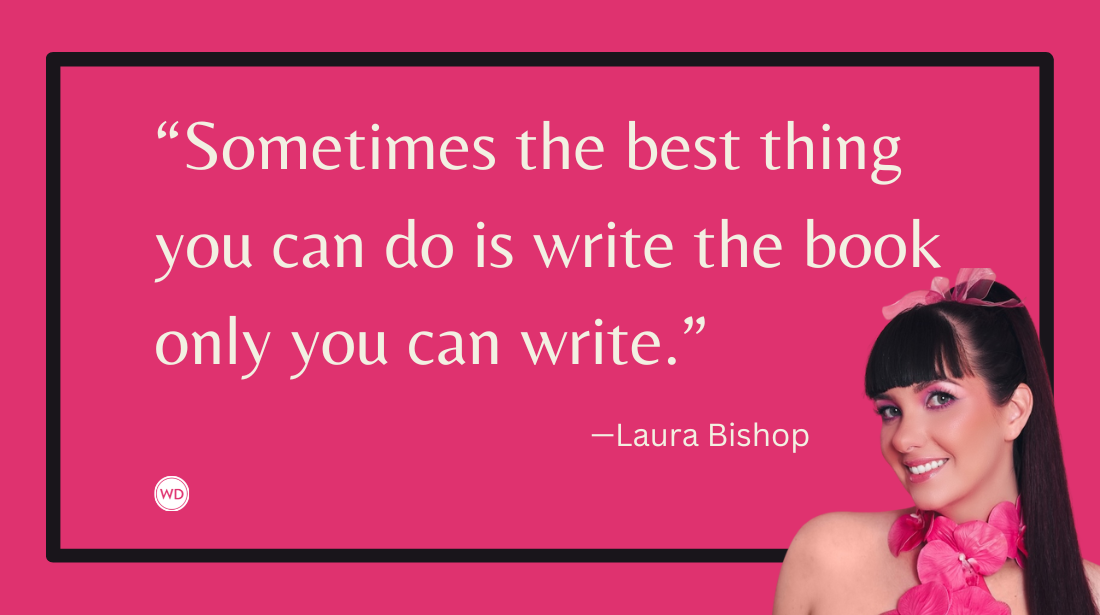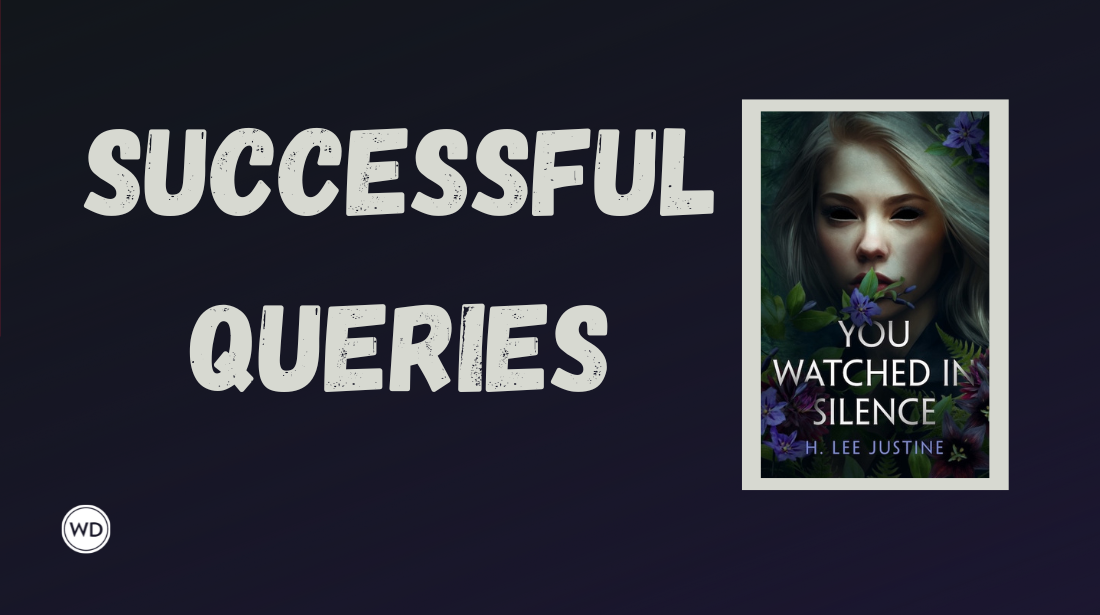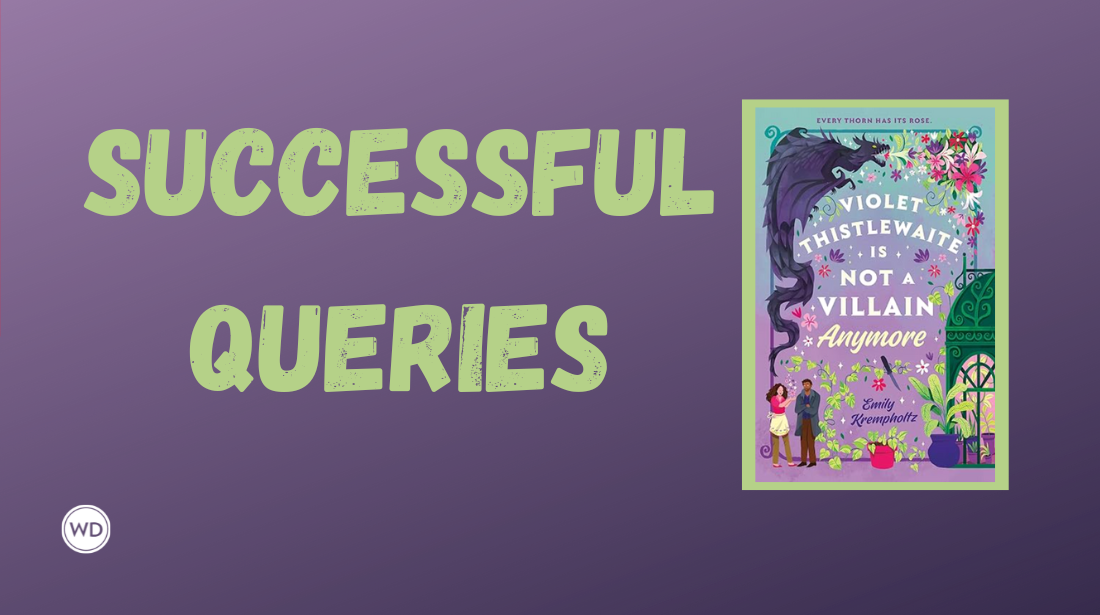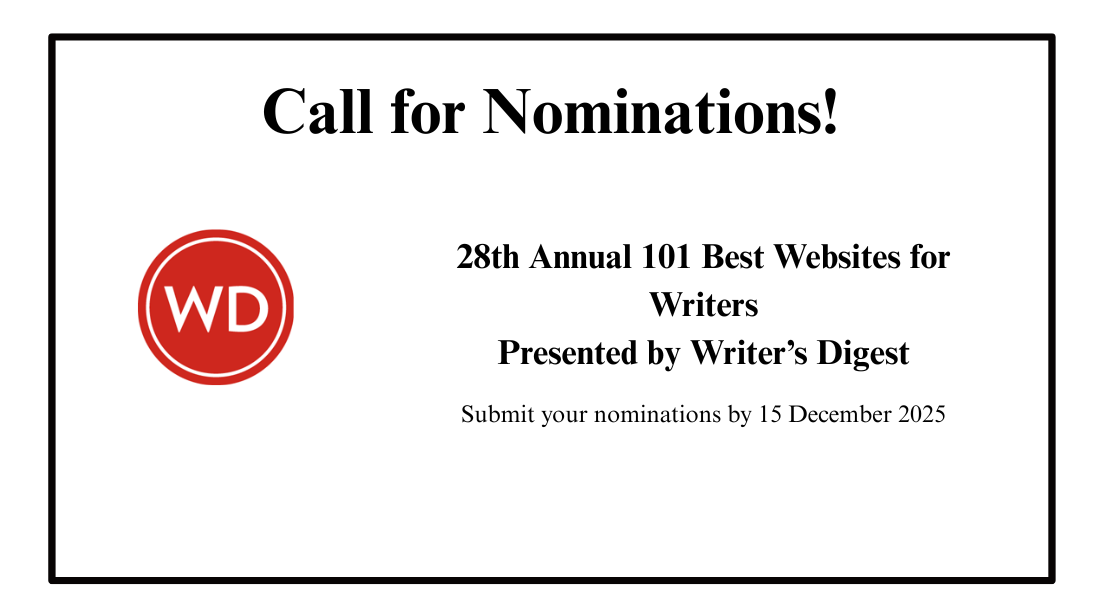Submission Letters: How Much Is Too Much?
As a writer, I always thought I had the submission cover letter down pat. But managing a literary magazine truly opened my eyes to the staggering breadth of what many…
As a writer, I always thought I had the submission cover letter down pat. But managing a literary magazine truly opened my eyes to the staggering breadth of what many writers consider to be an acceptable first impression.
Since 2009, I have managed Hobo Camp Review—a literary press dedicated to the traveling word—in my free time after work and after my own writing, submitting, and what little socialization I’m able to squeeze out of a weekend. And being the primary editor meant I was the one who read and responded to almost all of the submissions, and this was a process that really taught me about what makes or breaks a submission letter. It certainly made me look at my own letter and think, “Is this enough…or is it too much?”
First, it’s important to note that all editors, magazines, and presses have varying degrees of formality. I have seen my fair share of small press magazines that couldn’t care less if you even sent a cover letter. They want your work, pure and simple, and that's fine. But for the most part, editors like a little personalization. They’re people too, slogging their way through the same workaday life and searching for entertainment and enlightenment through poetry and fiction just like you. Being able to bridge those two lives through a couple of brief sentences can go a long way toward making an editor receptive, whether consciously or subconsciously.
There are two key parts to a strong submission letter, aside from the actual work being submitted: The letter itself and the bio. The letter is the trickier of the two because it requires a little more research and a little bit more personalization. Let me give you three examples:
Best: “Dear Scott and Rachel. You recently published a friend of mine (John Doe) which is how is discovered your online magazine. It looks great, especially the poetry and book review sections. I think my own work is a good fit for your magazine, and I have included four poems in the body of the email below, as per your guidelines.”
(This works because you have taken the time to see who the editors are, what they do best [poetry and book reviews], what the guidelines are [a must], how you found them and that you have a connection. All brownie points in your favor.)
Acceptable: “Dear Editors. Thanks for taking the time to read my four poems, which I have added below. I think they will be a good fit for your magazine. Take care.”
(Nothing wrong with the straight approach. A little more distant but you’ve covered the bases and presented yourself in a professional light.)
I don’t actually have a third example because I have received plenty of submissions with nothing at all: no letter, no bio, and some arrived with no name. Seriously, no name, and the email account provided no clues either. That’s a sure-fire way to get off on a very underwhelming and awkward foot.
The second key element to a good submission letter is the bio. It’s a little easier because if you can write one good bio, you can use it over and over. Most magazines prefer they run between 50 and 100 words, or 2-3 average sentences. If you can make them funny, clever, or witty in ways that don't beat editors over the head, all the better because editors read dozens of bios a day, and anything you can do to bring a smile to their faces will win you over.
In general, something in the third person that reveals a little about your writing, your career, your education, and where you’re from will get the job done. Here is a good example:
“Jane Q Public is the poet laureate of Junction 18 in Northern Vermont, where she gives frequent readings and interviews to passing tractors, lake trout, and her two German shepherds. She obtained her MFA from Boston College and found homes for her short stories in such publications as Hunger Mountain, New York Quarterly, and Hobo Camp Review. Her debut short fiction collection, Brambles, is due in 2014. For more, visit her website at…”
From this we get a touch of humor, telling us she’s grounded and down to earth, and that she’s from a rural area but attended an urban college, and thus may have a balanced worldview and an interesting background. She listed a few publications too, which gives us an idea of her skill level or at least who else has enjoyed her work. And she has a book coming out. If we like her submission, we may like the book as well, and may even offer to review it.
Something less than this, without the humor and just the facts, is completely acceptable and gets the job done. But anything more and you venture into overkill. Here are some other important bio tips to remember.
- Don’t list more than 3-5 places where you’ve placed work. Editors don’t want your resume. If you send paragraphs and long lists of publication credits, you’ll give the impression of being boastful. Less is more.
- Leave the adjectives by the wayside and keep to the facts. Don't tell editors that your "astounding new book" is coming out, or that your "breathtaking poetry" has won multiple awards. This will make every editor roll their eyes. Let the accomplishments speak for themselves.
- If you haven’t placed work in magazines or journals yet, don’t lie and don’t worry about it. We all had to start somewhere, so just don’t bring it up.
- If you don’t have a degree, who cares? Plenty of writers don’t. What matters is can you write? Show them you can with a strong bio.
- Always mention an upcoming book, if you have one.
- Always mention your website or blog, and you should definitely have one. Linking to a full bio and publication credit list is suggested.
- Keep them brief, informative, and entertaining. This is your calling card. Make it memorable and professional.









